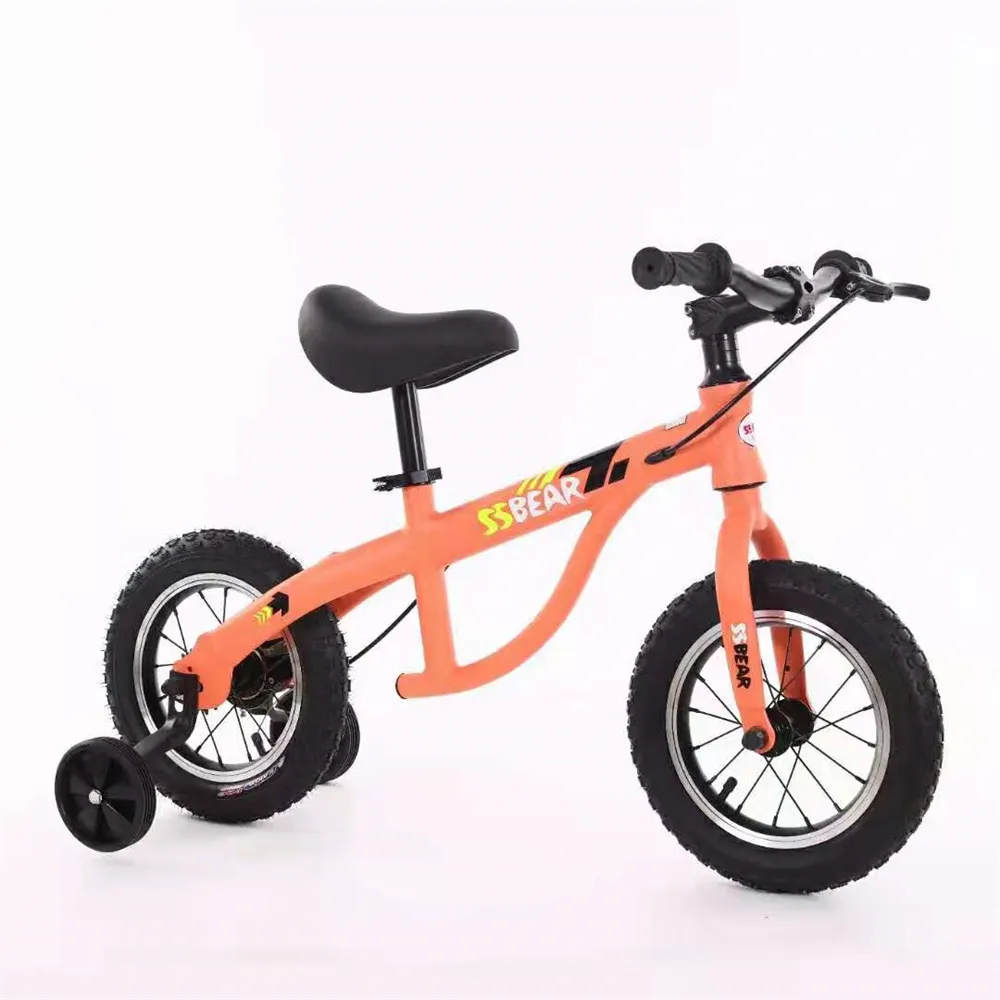Typical Measurements for Mountain Bicycles and Their Key Dimensions Explained
Average Mountain Bike Dimensions A Comprehensive Overview
Mountain biking is an exhilarating outdoor activity enjoyed by enthusiasts worldwide. Choosing the right bike is crucial for both comfort and performance. One of the key factors in selecting a mountain bike is understanding its dimensions. In this article, we will explore the average dimensions of mountain bikes, which can help both beginners and seasoned riders make informed decisions.
Frame Size
The frame size is arguably the most critical dimension when it comes to mountain bikes. It typically determines how well the bike fits the rider. Mountain bike frames come in several sizes, usually categorized as Small, Medium, Large, and Extra Large. The average sizes are as follows
- Small 13 to 15 inches (33 to 38 cm) - Medium 15 to 17 inches (38 to 43 cm) - Large 17 to 19 inches (43 to 48 cm) - Extra Large 19 to 21 inches (48 to 53 cm)
These measurements correspond to the length of the bike's seat tube, a critical measurement for proper fit. Riders should select a frame size based on their height and inseam measurements. A correctly sized bike allows for optimal control and comfort, reducing the risk of injury.
Top Tube Length
The top tube length plays a significant role in the bike's overall geometry and riding position. An average mountain bike has a top tube length ranging from 22 to 25 inches (56 to 64 cm). Shorter top tubes facilitate a more upright riding position, suited for leisurely trails, while longer top tubes allow for a more stretched-out position, ideal for aggressive downhill riding or technical climbs.
Wheel Size
average mountain bike dimensions

Another crucial dimension in mountain bikes is wheel size, which directly affects ride quality and handling
. The most common mountain bike wheel sizes include- 26 inches Once the standard, these wheels offer agility and are favored for their maneuverability on tight trails. - 27.5 inches (650B) A blend between the 26-inch and 29-inch wheels, offering a balance of speed and control. - 29 inches These larger wheels roll over obstacles more easily, providing better traction and stability on rough terrain.
The choice of wheel size often depends on the rider's style and the type of terrain they typically encounter.
Handlebar Width
The handlebar width is another essential dimension that influences a rider's control and comfort. The average mountain bike handlebar width ranges from 28 to 32 inches (71 to 81 cm). Wider handlebars provide more leverage, allowing for better control on descents and rough trails, while narrower handlebars may be preferred for cross-country riding, where aerodynamics and speed become more essential.
Standover Height
Finally, standover height is an important measurement that affects the rider's ability to mount and dismount the bike safely. This dimension usually reflects the distance from the ground to the top tube. A lower standover height is generally more accessible, particularly for female riders or those who prefer a more relaxed riding style.
Conclusion
Understanding the average dimensions of mountain bikes can significantly enhance your biking experience. By considering frame size, top tube length, wheel size, handlebar width, and standover height, riders can select a bike that not only fits their body but also matches their riding style and the terrain they plan to tackle. Whether you're a novice or an experienced rider, selecting the right bike is crucial for enjoying the trails while ensuring safety and comfort. Happy riding!
-
The Perfect Baby TricycleNewsAug.11,2025
-
Ride into Fun with Bikes for KidsNewsAug.11,2025
-
Ride into Adventure with the Perfect Kids Balance BikeNewsAug.11,2025
-
Fun and Safe Riding with the Best Childrens ScootersNewsAug.11,2025
-
Find the Perfect Childrens Bike for Your Little OneNewsAug.11,2025
-
Explore the Best Baby Tricycles for Your Little OneNewsAug.11,2025
-
Three-Wheel Light-Up Scooter Benefits for KidsNewsJul.11,2025








